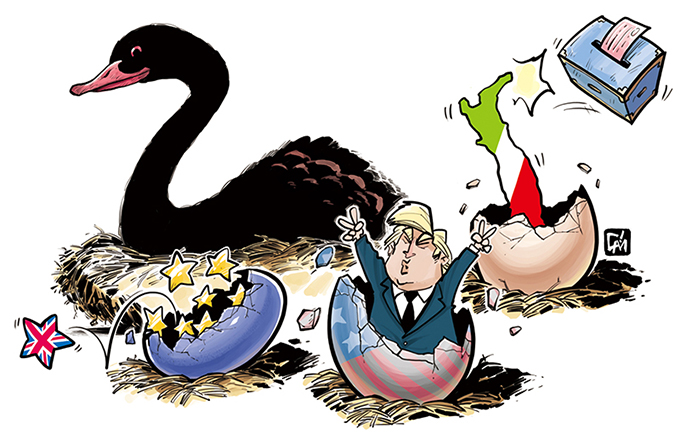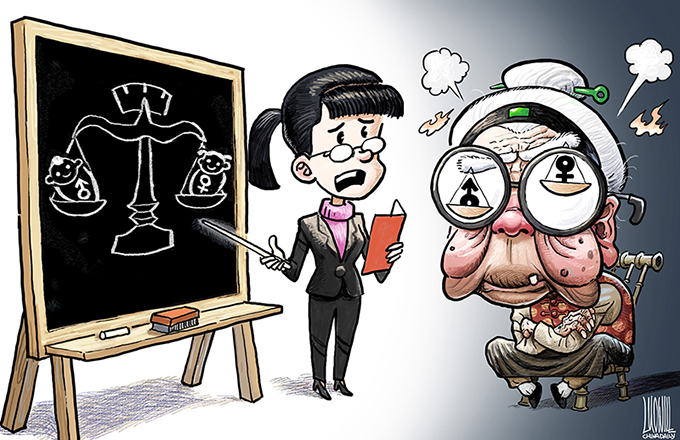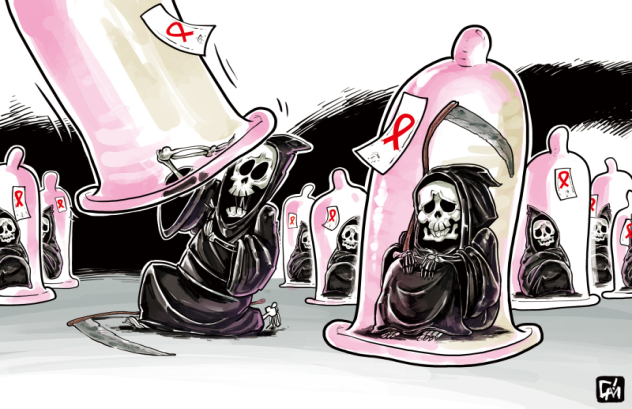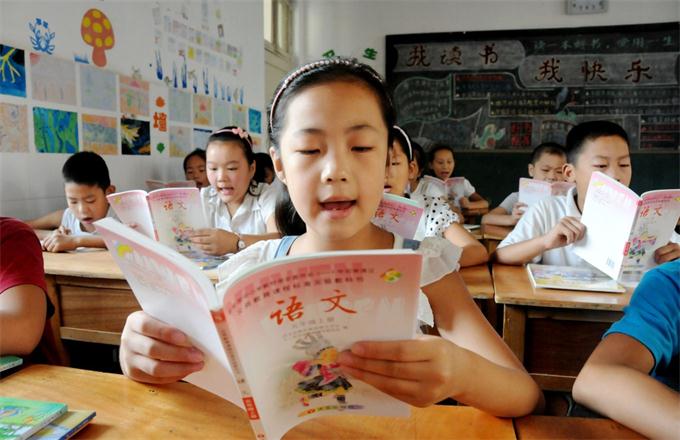Coordinated anti-smog efforts show worth
 |
|
As smog envelopes Beijing, it looks like even the statues in front of the Today Art Museum want to get away from the pollution. Photo taken on Dec 4, 2016. [Photo/IC] |
FOR THE FIRST TIME, more than 60 cities in China's northern regions jointly issued emergency responses to the severe smog over the weekend, according to the Ministry of Environmental Protection. Beijing Youth Daily commented on Tuesday:
Albeit a cold front with strong winds has dispersed the smog and the joint response was a welcome move, the environmental protection authorities in the affected cities in seven provinces and municipalities, including Beijing and Tianjin as well as Hebei and Shandong provinces, still have important lessons to learn in their joint efforts to deal with airborne pollution.
On the one hand, some enterprises still sought to bypass the restrictions on operations imposed by the emergency responses, doing little to control their emissions of pollutants even when the heavy smog arrived. And some local farmers continued to burn straw, a traditional, yet an environmentally unfriendly way of disposing of it after autumn harvest, although they had been instructed not to do so. They ought to be held accountable for dismissing relevant restrictions.
On the other hand, the joint smog-related alerts in which 24 cities issued orange alerts, 22 issued yellow alerts and the others issued blue alerts, did have an effect and are worth promoting.
This was in stark contrast to these cities' insufficient preparations for the serious air pollution early last month. Paying little attention to the oncoming smog, some local governments in North China either failed to issue due emergency plans or only began acting when it was too late. Some even refrained from fully enforcing the restrictions on major polluters. The terrible air pollution lasted for days and several governments were given a stern warning.
This time it was different. Apart from urging cross-region emergency responses, the environmental protection ministry sent four inspection teams to Hebei and Shandong provinces to make sure all the emergency plans were carried out as designed. These coordinated, timely efforts have paid off in reducing air pollution.
That best justifies the role of the institutionalized anti-smog cooperation especially in the Beijing-Tianjin-Hebei region, which has been listed as one of the zones with severe air pollution among regions from North Africa to East Asia. More has to be done to tighten the restrictions on emissions and promote joint enforcement.
- Mist cannon among tools used to fight heavy smog
- Smog alert renewed for North China
- Chinese environmental volunteer sues government over smog
- Yellow alert for smog issued for China's north
- Beijing bans high-emission vehicles during severe smog
- Smog alert renewed for north China
- China faces tough battle against smog: official



















